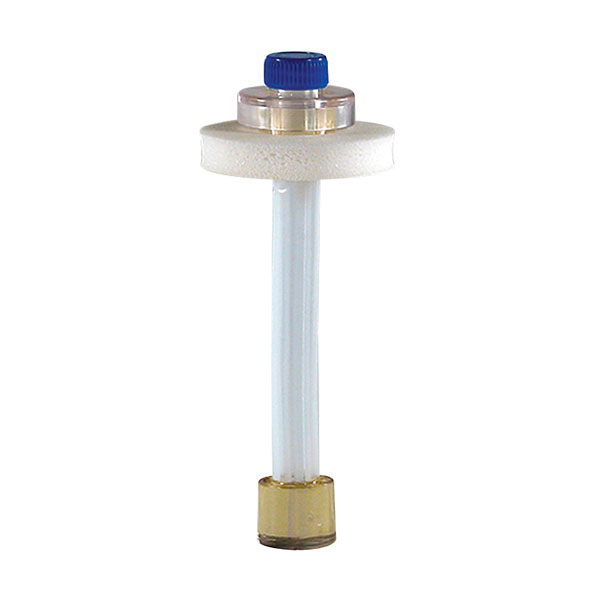On Friday, I ran equilibrium dialysis on my PSS coated nanoparticles using a centrifugation system. Unfortunately, a significant amount of the nanoparticles stuck to the mesh in the filter causing a significant reduction in concentration. This was a problem since we needed a relatively high concentration in order for the ICP to be able to detect sulfur, an element found in the PSS coat.
Today, we came up with two solutions. First, we purchased a different type of dialysis device that floats in water and allows equilibrium to be reached over time.
The new dialysis device will take over a week to arrive so, in the meantime, I concentrated the nanoparticle solution from Friday's dialysis and ran it in the ICP. In the concentrating process, we lost a good deal of volume so we had to use a couple tricks to get the machine to use up less sample. From my calculations, we were not very optimistic that the machine would be able to detect the sulfur. However, much too our surprise, the sample had more sulfur than even our highest estimate. Tomorrow we will look at the official ICP report and it should be able to tell us something about the effectiveness of the dialysis and the ion atmosphere around the nanoparticles. Also, I will try to work out some better parameters for our existing dialysis system.



















